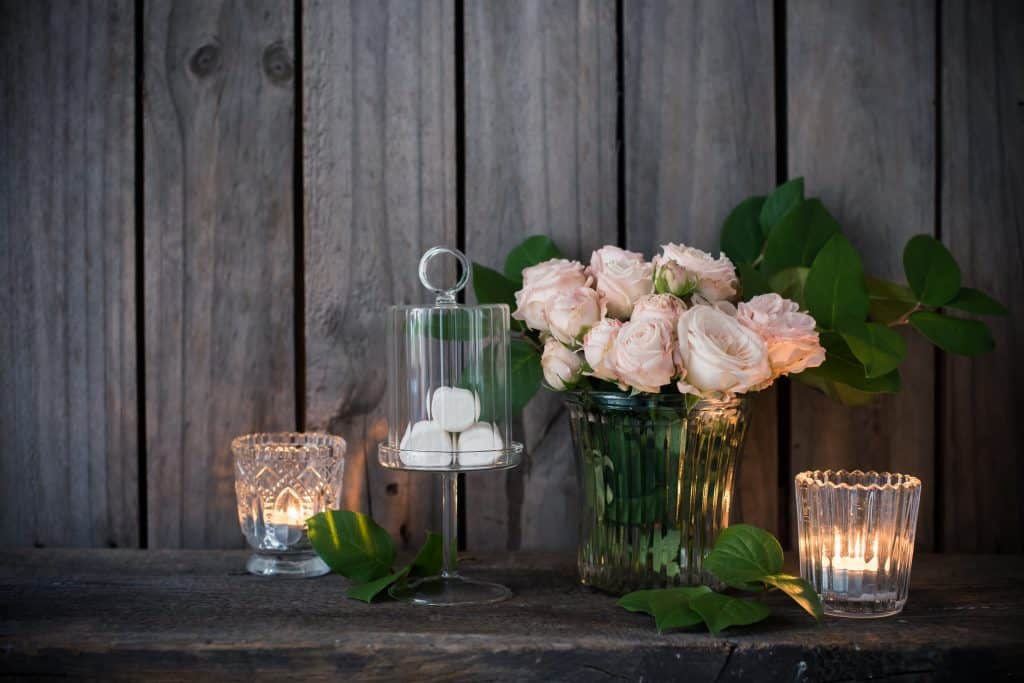
Almost anyone familiar with high profile design network programming recognizes shiplap as the pivotal design feature of “Fixer Upper” personality, Joanna Gaines.
Joanna and her husband Chip have since moved on from their show to property renovations, another design program as well as blogging, creating retail product and furnishing lines, owning a restaurant, writing both a cookbook and design book and adding a new baby to the family. So, it seems that the endless roar of shiplap has taken a backseat to other pursuits, for the time being.
So Is Shiplap Done Forever?
Since Joanna and Chip are out of the shiplap design picture, does that also mean that shiplap is done forever? Has it passed its prime? Is shiplap outdated in the sense of home interior spaces, or is there thought of keeping it on the sidelines for intermittent revivals? It’s hard to bury the thought of the shiplap phase going its separate way, as it has historical roots and actual defining characteristics, many of which are even misunderstood by well-meaning designers. Shiplap will always be more than just plain wooden boards. Shiplap is definitely not outdated.
Before we get into the rest of this article I just want to mention that one of my favorite websites that has a lot of great tips on home styles and trends is HomeandGardens.com. If you are doing a DIY update or redesign, or just looking for great ideas, check them out!
Shiplap’s Historical Notes
Historically, shiplap is nothing new. In fact, it has been around for quite awhile, especially in areas of the country where the weather was consistently harsh. There are misconceptions out there concerning shiplap. It was originally used as a protective material on the exterior of barns, shacks, sheds, homes and rustic structures. Shiplap does not necessarily mirror painted boards nailed to a wall or ceiling. On older housing, shiplap was placed on the exterior of the actual frame of a house directly beneath any siding.
In fact, lots of older homes in Texas had shiplap exteriors, which is one reason why it gained its popularity with Joanna and Chip Gaines due to their real estate ventures in Waco. Shiplap in most parts of the country was considered old-time building material. It was affordable durable and versatile and at the time, it wasn’t necessarily meant to be used as an interior design element.
Standard homes today are framed and then plywood sheathing (covering) is applied, which helps to sustain and tighten the frame. Once that process is completed, siding is installed, along with wall coverings for interior areas. Prior to the use of plywood, one-by boards (1x6s and 1x8s) were used. They were either positioned in a diagonal or horizontal pattern and used as sheathing as well as for subfloor areas. Today, these same boards are often reclaimed and repurposed for interior design use. They are not real or genuine shiplap, but they take on the name as do other similar materials.
Real Shiplap
Real shiplap can be rough or milled wood made from pine or other less expensive wood. The wood is cut in different board widths and lengths, and the defining features of the boards are the rabbets (channels) on the opposite sides of the edges of the boards. The rabbets allow for overlapping. Upon installation, each board that is placed on a wall area is allowed to partially overlap with the next board. A channel is created between the boards that allows for a shadow-like effect, which also provides for protection against the wind and wet weather conditions. This type of shiplap is used for buildings that require minimum maintenance along with buildings that have to endure extreme cold and harsh climates.
Shiplap in Design
Interior design use of shiplap is usually done to give a ceiling or wall a rough or rustic appearance, but in place of actual shiplap, designers are using long wooden planks that are either painted white or other colors, stained, or left in their natural state with a protective sealant or clear acrylic coat. The planks are usually hung in a horizontal fashion with a narrow gap between them that is similar in appearance and design placement of genuine shiplap.
Trend has Run its Course
The preponderance of shiplap that was continuously in view over the last few years through programs like “Fixer Upper” helped to solidify a trend that in time reached its peak and saturation point. The repetitious use of shiplap in almost any home design easily led the shiplap trend on a downhill run.
Not every home is going to benefit from the use of shiplap. The look might be fine for a farmhouse, country house, cottage, cabin or coastal home that can accommodate the quaint, rustic, nautical and comfy look of shiplap, but other home interiors can simply be overwhelmed and offset by its presence.
If a home already has shiplap integrated in its original construction, or it is a period house that has underlying shiplap beneath old wallpaper, the shiplap should probably remain there. When shiplap is utilized in spaces where it is simply out of place, such as mid 20th century ranch homes, 70s and 80s suburban cookie cutter houses, Italianate inspired Victorians, pueblo or Spanish style patio homes, the shiplap look simply does not do justice to these and other home styles.
Every wall or number of walls covered with shiplap does not create a congenial setting and won’t work in most homes. Excess shiplap can create a one-way look that is hard to bear on an every room, everyday basis. Simply put, a house must be able to accept and support the use of shiplap. You’ll know if shiplap is right for you if your home has a countrified or modern farmhouse look, or if it is sitting near a seaside resort or beach or if it is a small and quaint country cottage.
Shiplap has its Place
Getting back to the question of whether the shiplap outdated look is headed towards the same fate as avocado appliances and dinosaurs, it is easier to say that shiplap has its place in certain design settings but, even then, if the setting is overrun with shiplap, the space can be deemed uncomfortable and hard to live with and enjoy. An interior design that is immersed in shiplap is more out of sync with current design trends rather than completely outdated. If you hastily decide to use shiplap where it doesn’t belong, the moment it is installed a clash has been created and the obsession and love for are ended.
If you simply cannot get over the lag in the shiplap trend and must have it and your home design does not meet architectural guidelines or layout aspects, shiplap can be used in isolation or in smaller applications. It should never be applied in huge expanses such as over entire living room walls, fireplace surrounds or kitchen backsplashes. More acceptable applications would be in smaller vanity areas, powder rooms or over popcorn or old ceilings that are worn and drab and in need of replacement.
Shiplap’s Fate
With a high profile program like Fixer Upper going by the wayside, many of the decorative trends the show promoted simply ran their course through some of the designs and styles portrayed, along with the overly obsessive concern with shiplap. Excessive use of shiplap in almost every home drove the trend even further off the cliff. Like any other trend, charming or not, it is not going to last, particularly when it is considered for use in every home design application.
Maybe the end of a popular design program initiated the fate of shiplap, but in the final analysis, every homeowner needs to realize that not every wildly popular trend can apply to their home. Obsessing over a design style and loving it should never be confused with, can this thing work in my home?

